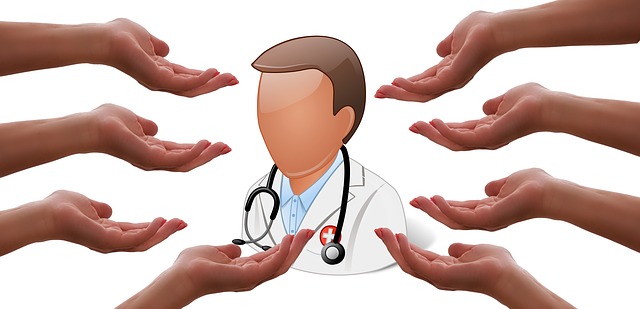The demand for medical coders and billers is high in today’s market.
You don’t need a degree for either position, however, you need to obtain professional certification from the AAPC or the American Health Information Management Association.
The AAPC also provides certifications for professional medical billers on their website, which is a separate course from medical coding.
Article Table of Contents
Job Outlook for Medical Billers and Coders
According to the Bureau of Labor Statistics (BLS), the employment rates in the field of medical records and health information technicians (including medical coders and billers) will grow by 13% by 2026.
This rate is faster than the national average for other occupations.
About 27,800 new positions will open up by 2026.
This growth is influenced by an aging population, which requires more services of healthcare professionals as well as health information technicians.
The AAPC publishes a survey in Coding Edge magazine every fall that includes the annual salary information.
This survey features insights into industry trends over the past year as well as projected growth for the following years.
Medical coders and billers should be aware that certification holders have better job opportunities in the field.
According to the AAPC, the demands on providers with decreasing reimbursement increases, which call for highly skilled billers in healthcare settings.
According to the AAPC survey of 2016, professionals with credentials, especially those who hold multiple certifications, can expect higher salaries.
- CPC Credential: $52,605 (a 1.9% increase from 2015).
- Two or More Credentials: $60,305 (a 3.3% increase from 2015).
- Three or More Credentials: $66,999 (a 2.1% increase from 2015).
Employment by Healthcare Setting and Location
Employment opportunities in healthcare depend on the geographical area and the setting you work in.
The BLS provides useful information concerning the industries and states with the highest employment rates of medical records and health information technicians.
The highest levels of employment are found in:
- Ohio – 9,200 employed.
- New York – 9,590 employed.
- Florida – 12,460 employed.
- Texas – 17,620 employed.
- California – 21,900 employed.
Industries with the highest employment rates are:
- Outpatient Care Facilities – 8,260 employed.
- Nursing Care Facilities – 11,480 employed.
- Offices of Physicians – 38,530 employed.
- General Medical and Surgical Hospitals – 68,740 employed.
The data above corresponds with the recent AAPC studies.
Larger health systems in this industry can grow staff numbers more readily than smaller facilities.
According to the AAPC survey of 2016 concerning salary, about 18.3% of respondents are employed in large health systems and 13.2%, in large group practices.
Other employment options include consulting firms, educational institutions, and billing companies.
Increased Demand for Managers
Health and medical services managers usually need a bachelor’s degree or higher to stay competitive in the market.
Medical coders and billers with a bachelor’s or master’s degree who passed the required certification exams can hold managerial positions.
Work experience in the field is also essential to advance to management roles.
Most graduate programs last for 2 to 3 years and include supervised and hands-on training.
This administrative experience is usually carried out in a healthcare consulting or hospital setting.
It helps graduates prepare for advanced roles.
Medical and health services managers usually need a degree in health management, administration, business administration, or nursing.
You should consider these concentrations when evaluating degree programs.
The BLS reports that the employment rates for medical and health services managers will grow by 20% through 2026.
This translates into 70,000 new job openings.
This increase is much faster than the average for all industries nationwide.
It is primarily caused by the aging boomer generation living longer.
To meet the projected demands of the elderly, more healthcare professionals will be needed.
ICD-10 Update
Healthcare professionals switched from the ICD-9 to the ICD-10 code set.
The latest version includes more data and codes and has a more detailed system.
They are easier to use for healthcare providers, organizations, and insurance companies.
Because of this transition, healthcare professionals should know how to work with both versions to transfer the records and information efficiently.
This overlap of the older and newer systems is called “crosstalking” in the industry.
When the switch took place, the demand for medical coders and billers increased since healthcare facilities were seeking more employees to make up for the decreased productivity after the adaptation of ICD-10.
The growing aging population together with the adaptation of the ICD-10 increased the demand for medical coders and billers.
These professionals help healthcare providers handle the increasing number of patient visits and medical chart reviews necessary to provide excellent services.
Read the full guide: How to Become a Medical Biller and Coder


